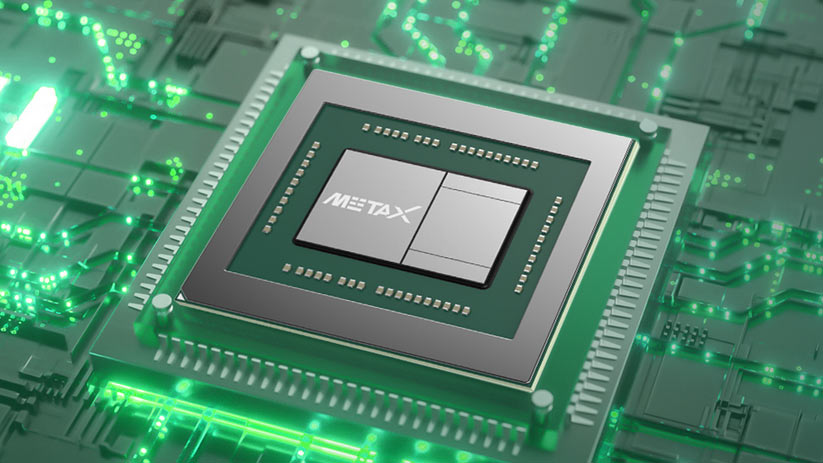
The city government in Beijing has outlined plans to subsidize companies that buy Chinese-made processors, according to a report published by Hong Kong’s SCMP. The draft policy has a strong emphasis on GPUs as they have been most badly affected by US export controls, and China desperately needs GPUs to advance its AI initiatives.
The Beijing Municipal Bureau of Economy and Information Technology will provide undisclosed subsidies towards the purchase of domestically made GPUs to “expedite the supply of controllable intelligent computing resources,” says a draft policy document. The aim, perhaps optimistically, is that Beijing will achieve “self-sufficiency” with regard to computing infrastructure by 2027.

We have reported on and looked closely at various ‘homegrown’ Chinese GPUs over recent years. In December 2022 we summarized the competitive landscape of the GPU market worldwide (18 active firms), noting that China had rapidly boosted the numbers of domestic GPU developers. Typically, the pre-launch claims of high performance and efficiency coming from these Chinese firms don’t quite live up to expectations post-launch. This also happens in the West, but firms like AMD and Nvidia are already in a good position, making some of the best graphics cards for consumers.
We have seen recent reports of China getting its hands on sanctioned technologies and products like the Nvidia H100 through indirect means. However, such supply routes aren’t usually sustainable or reliable enough for serious business, and China is thus determined to make the most of its domestic resources to fix this issue.
The Chinese GPU makers best placed to benefit from the GPU and AI processing subsidies may be firms like Biren Technology, Moore Threads, Innosilicon (PowerVR), MetaX, and Zhaoxin (Glenfly Arise). Loongson also recently debuted a homegrown GPU which is said to be comparable to the AMD Radeon RX 550 in terms of FP32 performance. Perhaps some other Chinese GPU firms are in gestation, or ready to hatch from Chinese universities and research institutes.
Beijing is said to be home to more than half of the LLMs that have been developed in China. According to the SCMP report, the selected GPUs and subsidized projects will be largely tasked with training general and industry-specific large language models (LLMs). Meanwhile, R&D in complementary technologies such as software, dedicated AI processors, silicon photonics, and quantum computing chips also continues apace.







